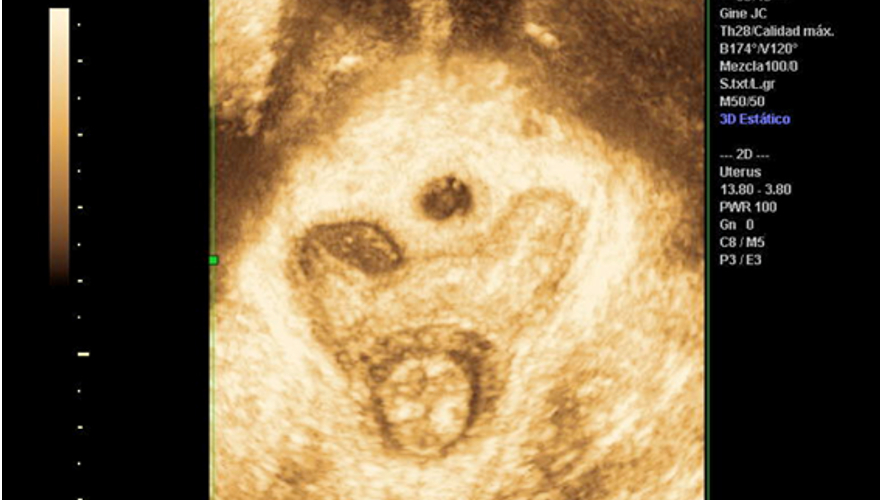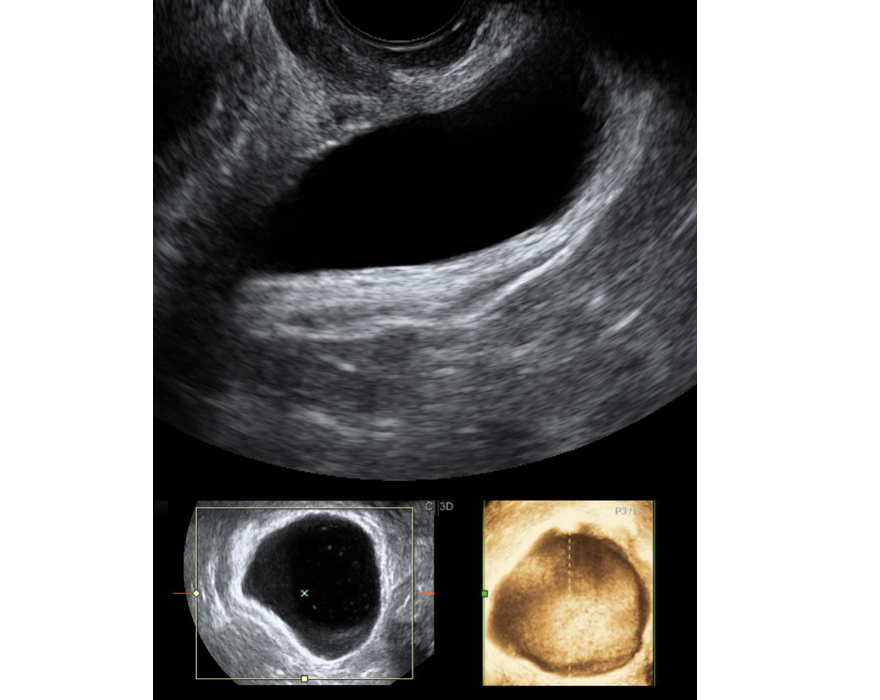Ultrasound in the study of urinary and faecal incontinence
While the three-dimensional image gives us a great deal to work with for examining the levator ani, the two-dimensional image provides us with enough information to make a correct diagnosis of urinary incontinence and conduct a good anatomical and functional study. In this case, the axial plane has very little purpose because the sagittal plane suffices for assessing the main parameters, which consist of both urethral mobility and the sphincter.
The ultrasound allows us to clearly see the urethra, which is visualized ultrasonographically as either an anechogenic or hypoechogenic central area surrounded by a more echogenic area that comprises the urethral sphincter, which we can see both in the sagittal plane and in the transverse plane (Figure 1). The vascularization of the urethra-sphincter complex can also be assessed by Doppler.




Post-void residual test - Read more
Stress urinary incontinence - Read more
Overactive bladder - Read more
Faecal incontinence - Read more
Pelvic floor rehabilitation - Read more
Bibliography - Read more